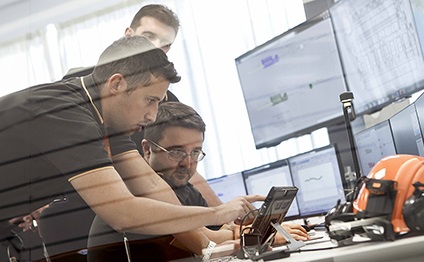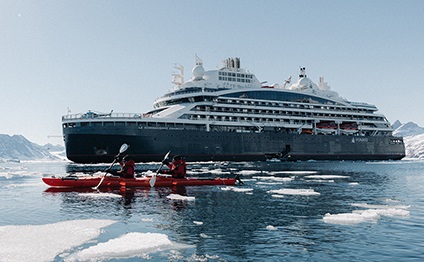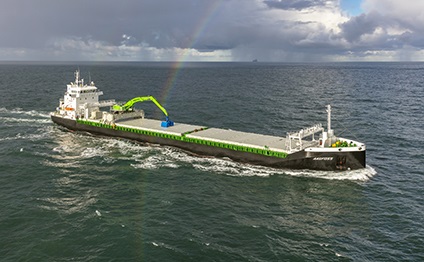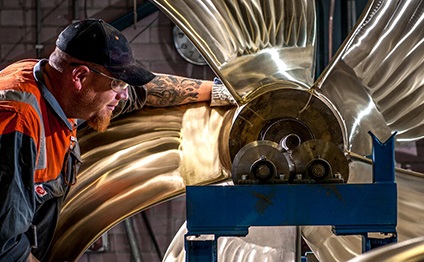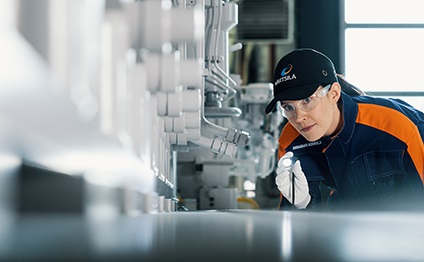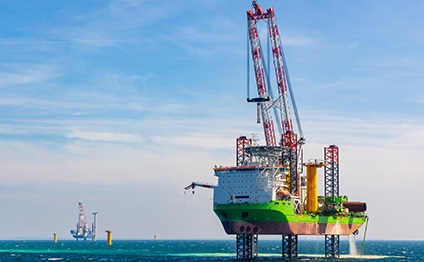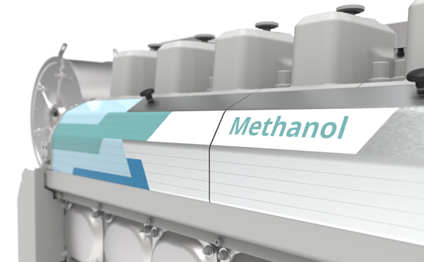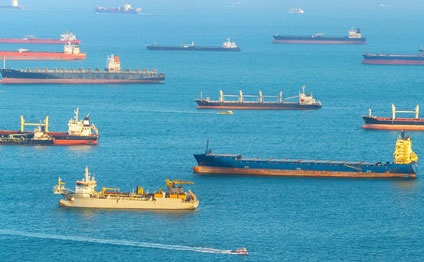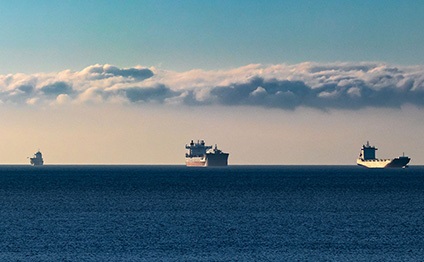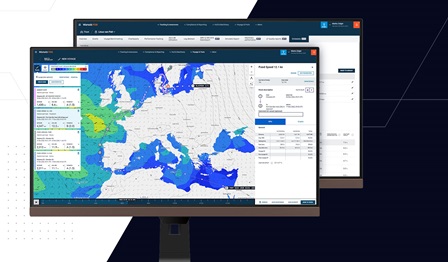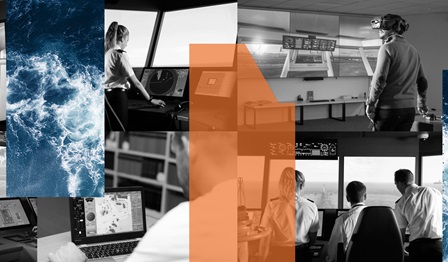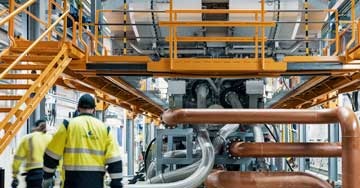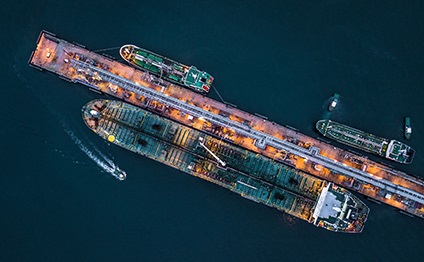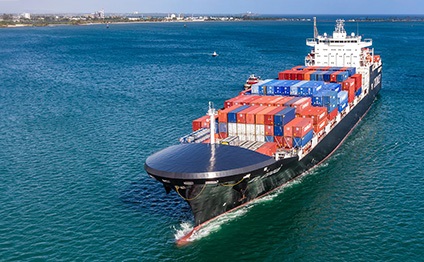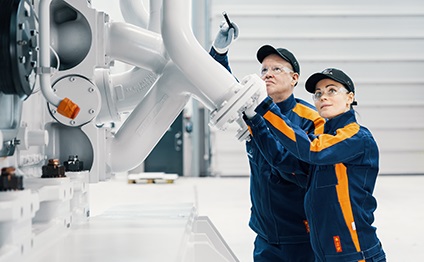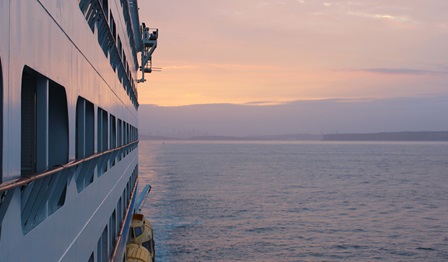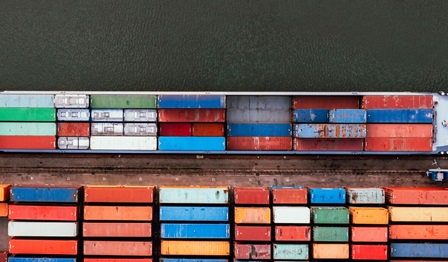

Wärtsilä Marine leads the industry in its journey towards a decarbonised and sustainable future. Our portfolio of engines, propulsion systems, hybrid technology and integrated powertrain systems deliver the reliability, safety, and environmental performance to decarbonise the worlds fleet. We offer our customers performance-based agreements, lifecycle solutions, and an unrivalled global network of maritime expertise.
Articles
Webinars
Whitepapers
Case studies
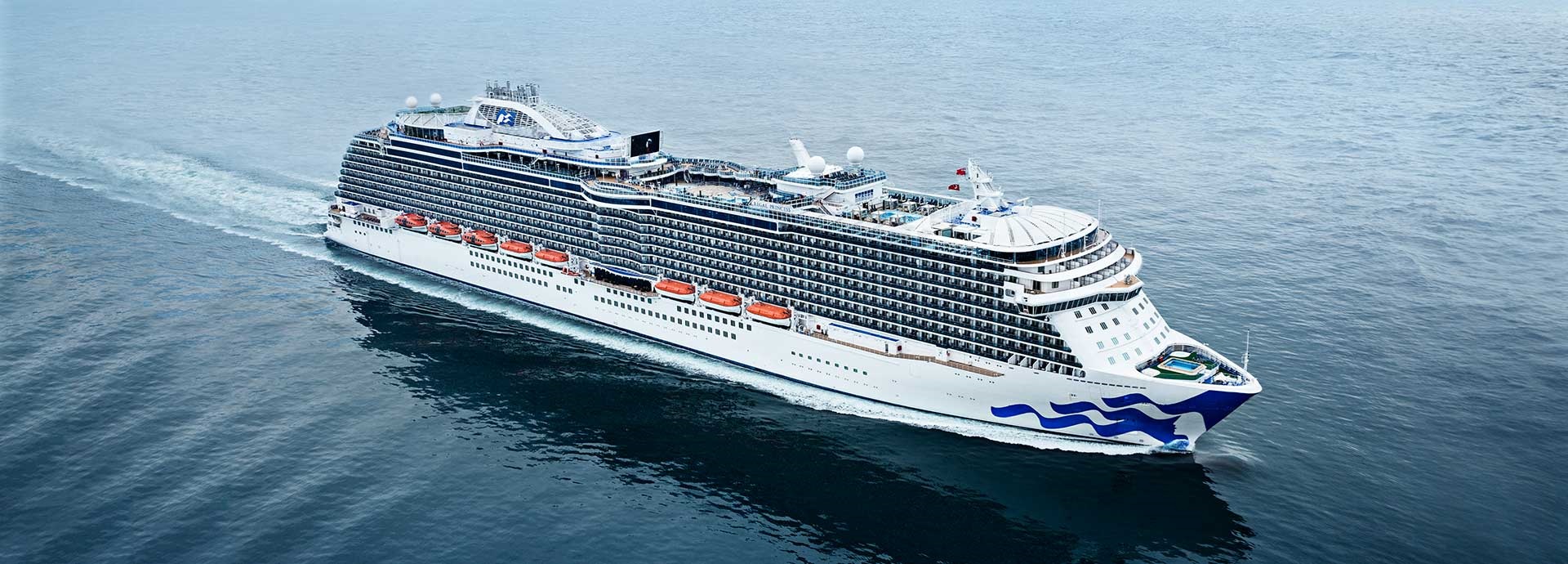
How is a digital ship helping Carnival Corporation plan its fleet decarbonisation programme?
Choosing the right combination of technologies to decarbonise your fleet can feel like you have a mountain to climb. With so many options available, how do you put the puzzle together for your vessel or fleet’s operational profile? What combination will maximise fuel and emission savings to offer the best results?
The cruise industry is leading from the front in the drive to decarbonise shipping, fuelled by its commitment to sustainable operations, as well as climate-conscious passengers and global and local emissions regulations. Operators like Carnival Corporation are investing heavily in newbuilds and retrofits to cut their carbon footprint.
Carnival Corporation is a giant on the scene in every sense of the word. The world’s biggest leisure travel operator, the company operates almost 100 ships sailing under nine brands. Over 13 million guests a year sail on a Carnival Corporation vessel, and its largest ship can accommodate over 5,000 passengers.
The search for energy savings
“When you’ve exhausted all the easy options it becomes more difficult to identify the next level of energy saving potential,” explains Chris Millman, VP Corporate Marine Technology at Carnival Corporation. “You could spend a lot of time examining a lot of areas without really knowing where your time would be spent with the most value. We wanted a tool that would help us examine the whole ship system so we could more easily identify the biggest potential for energy-saving investments.”
So in 2021 Carnival Corporation approached Wärtsilä to help it plan the optimal decarbonisation path for Princess Cruises Royal Class, selecting Regal Princess, a 330-metre cruise ship built in 2014, for this study. Although this vessel was the initial focus, the results of the study are being used as the basis for developing a far bigger, fleetwide decarbonisation programme.
Plotting an ambitious path toward decarbonisation
“When we started working with Carnival on this project, they had a clear idea of which decarbonisation technologies they were interested in,” says Ricardo Opperman, Director Strategic Accounts at Wärtsilä. “They wanted help with evaluating the potential impact of these technologies and also with prioritising the order in which to implement them,” he continues.
Eliminating smoke during engine start up in port was the starter for Carnival’s discussions with Wärtsilä. Royal Class ships operate in some particularly environmentally sensitive areas.
For this reason Carnival’s initial wish list for this study comprised Wärtsilä’s E-start smokeless electronic start solution as well as a hybrid system with battery-based energy storage.
“We liked the idea of being able to identify different uses for the battery within the system,” explains Millman. “Smokeless starts was one use, but we could also use it for spinning reserve and peak shaving – using the battery to help save energy in multiple ways.”
Just three months into the study, Carnival saw the benefits of combining other technologies into the study to evaluate multiple scenarios for optimising energy savings, and added the following:
- Alternative fuels such as methanol and biofuels
- Hull air lubrication
- Thruster optimisation
A digital vessel model provides an accurate testing ground
Testing the feasibility and impact of the various decarbonisation approaches meant gathering a variety of operational data from the Regal Princess – about three years’ worth to be exact. “Most of the data was gathered from an onboard platform, but Carnival also provided us with data from other sources,” explains Elena Gazzola, Manager, Business Development – Decarbonisation at Wärtsilä.
“We used this data to build a digital model of the vessel for the study. The first step was to understand how the vessel was being operated, for example how the engines and thrusters were being used. Then we began evaluating each proposed solution to see its impact on fuel consumption and emissions,” Gazzola continues.
The proposed solutions were modelled first separately and then as a combined whole to determine the best possible combination. “The digital model allowed us to perform the analysis very quickly while trying different options and identifying where best to spend our time and money,” says Millman.
While the process may sound simple, behind it is nine months of intense number crunching and maritime engineering expertise. But this kind of modelling goes beyond simply identifying the best decarbonisation technologies.
“Alternative fuels and technologies like hybrid systems are a great starting point as a tool to decarbonise. Carnival gets maximum benefit from our expertise because the focus isn’t solely on the hardware. It’s also about getting insight on the optimal way to operate the ship to get the most from their investments,” Gazzola points out.
Getting more for less
One of the most surprising results of the Regal Princess study relates to the battery pack for the hybrid system retrofit. Before the study Carnival was considering a larger installation. However, the data revealed that, based on the vessel’s operational profile, a 2 MWh battery pack would be sufficient to reach significant benefits in the ship operations. It would cover multiple operational situations, including peak shaving and blackout prevention. “This is a great example of the value of making decisions based on a combination of engineering expertise and hard data modelling,” says Opperman.
Millman agrees. “We were pleasantly surprised not only by the size of the battery system needed to help us gain significant energy savings – which was much smaller than expected – but also by the number of different ways we could use the battery system to help us save energy.”
The study also showed that the planned decarbonisation investments would significantly reduce the operational emissions of the Regal Princess going forward to allow it to meet its sustainability targets. Carnival has already installed an air lubrication system and is currently evaluating potentially converting the engine to be methanol compatible.
Valuable insights to help decarbonise an entire fleet
Following the conclusion of the study, Carnival is armed with a vast amount of valuable data and insights. These will be put into practice through upgrades across its existing fleet as well as when developing newbuild vessel concepts.
“Being able to base your decarbonisation investment decisions on a data modelling platform means there are no unpleasant surprises down the line – the numbers are there in black and white,” concludes Opperman. “Carnival can now move forward with confidence that they are prioritising their investments in a way that will bring them maximum benefit for improvements in energy efficiency.
Learn more about how Wärtsilä Decarbonisation services can help you make better informed decarbonisation investment decisions.
Challenge
Plan the optimal decarbonisation path for a cruise ship and use the learnings as a basis for a fleetwide decarbonisation programme.
Solution
Wärtsilä Decarbonisation services built a digital model of the vessel based on three years’ worth of data to model the impact of different solutions.
Benefit
Ability to make data-based investment decisions on the optimal decarbonisation solutions to ensure sustainability targets are met.
